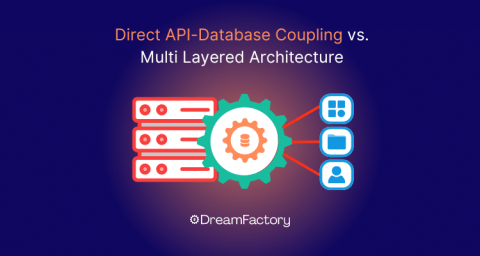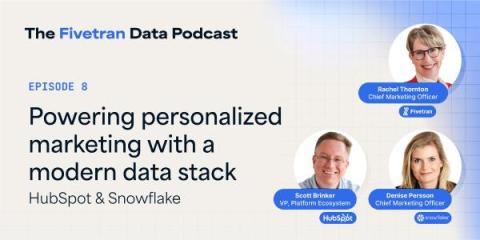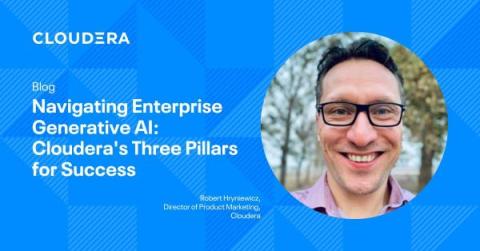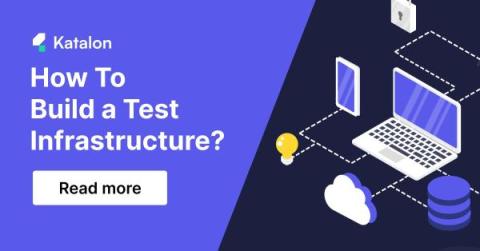Debugging in Ruby with pry-byebug
For a software engineer, even the basic use of a debugger can save a lot of pain: adding breakpoints (places in the code the program will stop at and expose the current context) is very easy, and navigating from one breakpoint to another isn't difficult either. And with just that, you can say goodbye to a program's many puts and runs. Just add one or more breakpoints and run your program.











